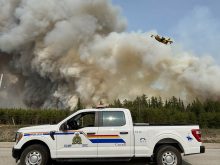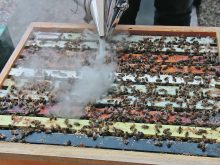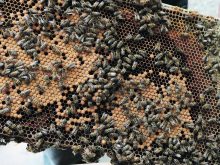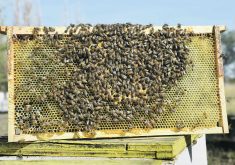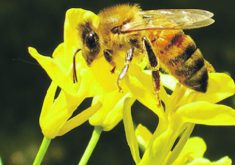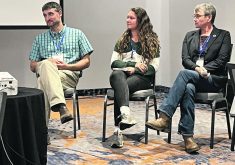Dozens already sign on | Organizations collaborate on program to reduce bee deaths linked to spraying
Saskatchewan beekeepers and organic growers have a new program to prevent pesticide accidents.
Provincial apiarist Geoff Wilson said beekeepers and farmers are already participating in the project, known as DriftWatch.
“It’s only been up for less than a week and we’ve had quite a few (producers) come on board,” Wilson said.
DriftWatch is an online software tool that allows apiarists to register the locations of their bee yards and organic growers to identify their fields on a map. Producers of other sensitive crops, such as flowers, are also welcome to use the program.
Read Also
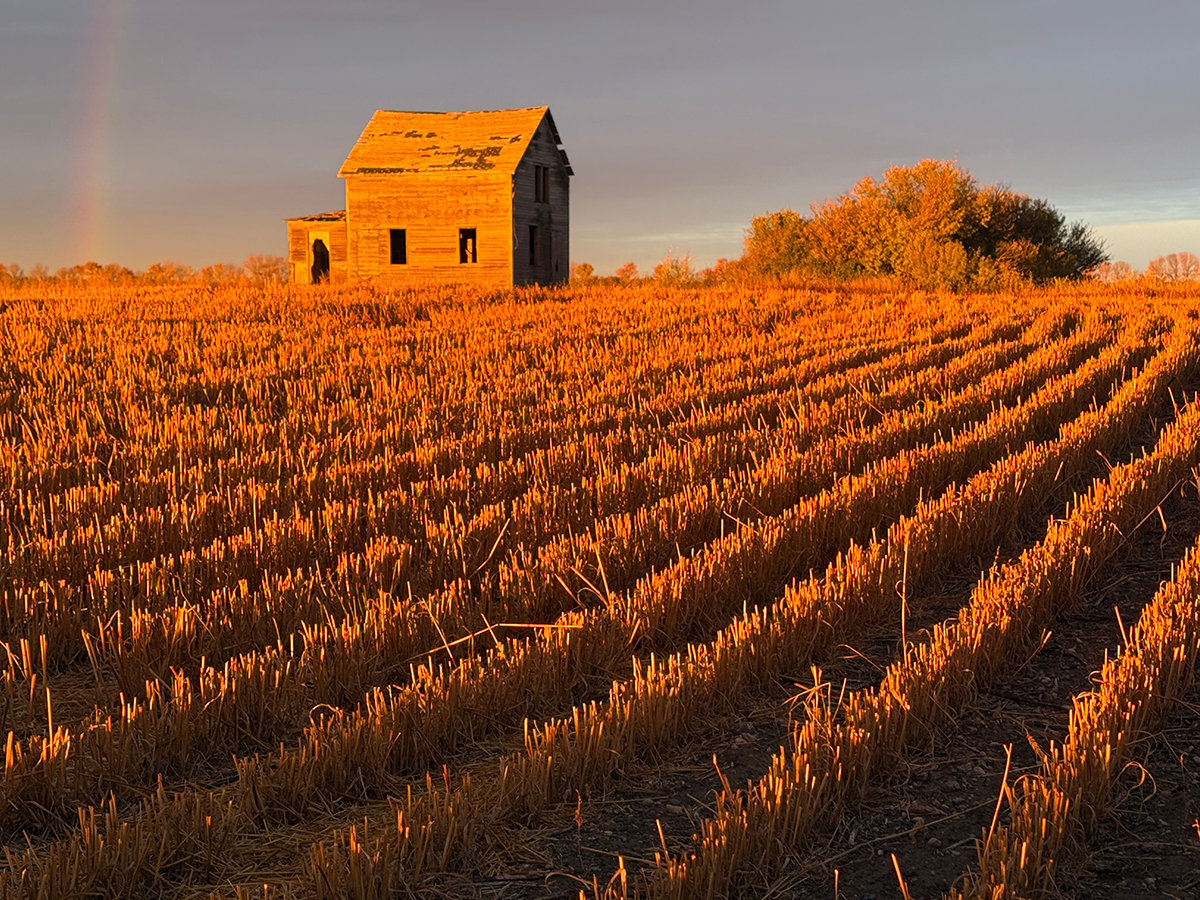
Forecast leans toward cooling trend
July saw below average temperatures, August came in with near to slightly above average temperatures and September built on this warming trend with well above average temperatures for the month.
Pesticide applicators can check the map before spraying a particular field to reduce the likelihood of bee deaths or chemicals drifting onto a nearby field.
The Saskatchewan Aerial Applicators Association, provincial beekeepers, the Saskatchewan government, Dow Agro and Bayer Crop Science collaborated to launch DriftWatch in Saskatchewan this year.
“It’s a communication tool saying, ‘here are my bees and take that into consideration when you’re making pesticide application decisions,’ ” Wilson said.
Saskatchewan is the first province to use DriftWatch.
The program can be found at driftwatch.org, which features a map of North America. Participating states and provinces are highlighted in green.
Saskatchewan beekeepers have already posted the locations of dozens of bee yards, which appear as tiny, yellow balloons labeled “B”’ on the provincial map.
Byron Hamm, a partner in Alluvial Organics, which grows certified organic cereals and oilseeds, has registered his fields with DriftWatch.
“In terms of user friendliness, I had no difficulties with it,” he said.
“For anybody looking to use it, I’d recommend to organic growers…. This is just one more tool for us, in terms of risk management.”
Paul O’Carroll, president of the Canadian Aerial Applicators Association and owner of Fly On Ag Service in Nokomis, Sask., said accidents can happen when applicators aren’t informed about bee yards and other high risk areas.
“The way I worked it previously, I knew a couple of the local bee guys and kept in contact with them,” he said.
“But (they’re) shifting bees around all the time…. They’re busy and I’m busy, so things don’t get passed on.”
Wilson said DriftWatch should reduce the chance of miscommunication, but it’s not foolproof.
“It’s not going to eliminate pesticide incidents. It’s just a tool to try and reduce the number (of incidents).”
- Agricultural engineers and ag communication staff at Purdue University created DriftWatch as a registry tool to manage and mitigate the risk of pesticide drift.
- Beekeepers and producers of specialty crops register their locations on an online map. Pesticide applicators check the map before spraying a block of land.
- Indiana, Illinois, Michigan, Minnesota, Missouri, Kansas, Nebraska, Montana, Colorado, Wisconsin, Delaware and Saskatchewan have DriftWatch programs.
- Dow AgroSciences and Bayer CropScience are paying for DriftWatch in Saskatchewan, so it’s free for users.




